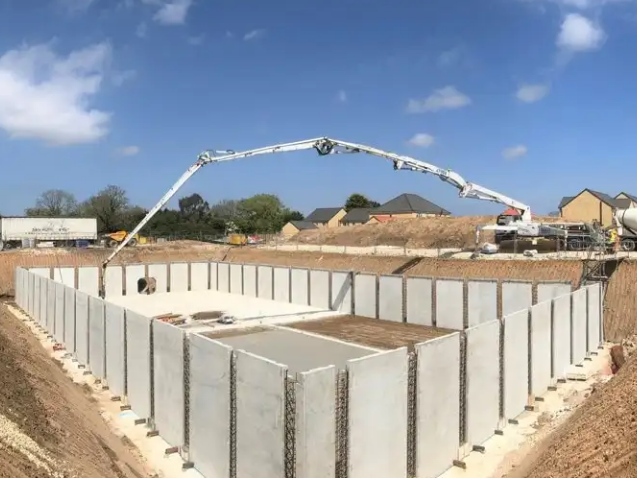Simple Tips for Urban Stormwater Management
Managing stormwater in cities is a challenge for water officials and municipal corporations. In a natural environment, rainwater that tumbles over the ground gradually seeps into the soil and the rest water travels to the nearby water bodies via waterways. However in cities, due to scarcity of pervious surfaces, the rainwater does not find a way to reach its destination. The massive volume of water causes waterlogging thereby also resulting in severe damage to the infrastructure. Plus, as the stormwater carries away all the dirt and pollutants in its way to the nearby water bodies, it contributes to water pollution. The polluted water promotes the growth of phytoplankton and suppresses the life of other aquatic creatures. The polluted river water becomes unfit for drinking and causes severe water-borne diseases like cholera, amoebiasis, and giardia.
While stormwater drainage network helps in mitigating the above-mentioned problems to a great extent, it fails to prevent waterlogging in case of heavy rainwater. Plus, the stormwater drainage system is not effective in checking water pollution. To prevent all those problems, it is important to install a proper stormwater attenuation system and implement green infrastructure practices. Let’s discuss their effectiveness one by one.
1) Stormwater attenuation system
This system works on the idea of detaining the runoff water into an underground tank and releasing it back into the main drainage network at a moderate rate. Storing the water falling on a residential or commercial complex into an underground tank allows us to manage the quantity and quality of water that is diverted to the stormwater drainage network. Plus, it helps in checking the flow of runoff water, which helps in preventing soil erosion.
As the stormwater attenuation tank can be installed underground, even under high-traffic areas, it does not eat up extra space.
2) Green infrastructure practices
Soil and green plants are the best water filters that also assist in maintaining the natural hydrological balance. Green infrastructure practices like rain gardens and bioswales help in restoring underground water by infiltrating large quantities of water very quickly. Therefore it helps in preventing flooding and the spread of non-point source pollution. The combined use of oil and plants also provide the additional benefit of significantly improving the water quality by removing pollutants, such as suspended particles, pathogens, and hydrocarbons.
Conclusion- Stormwater attenuation system and GI practices are effective at managing stormwater runoff and preventing water pollution. Reducing the volume of urban stormwater runoff also offers an additional hydrologic benefit i.e., preventing soil erosion and recharging the underground water table.


Comments
Post a Comment